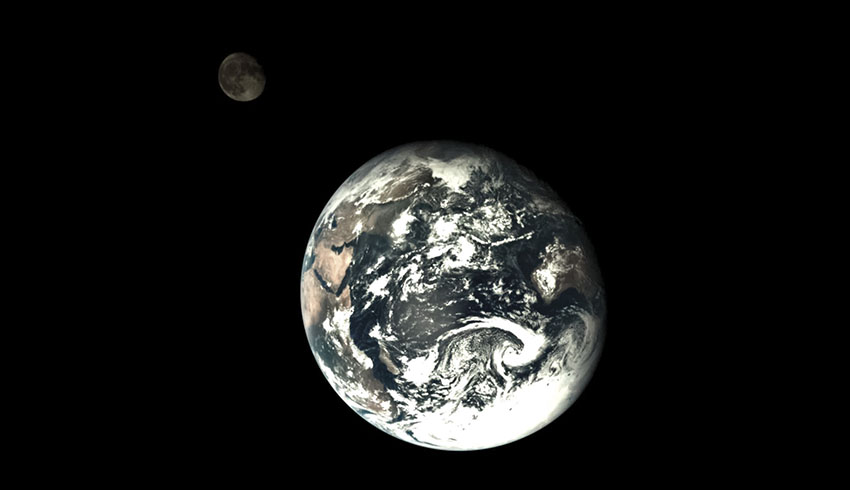NASA administrator Jim Bridenstine said we had to make sure people understood that this was not about Hollywood or the movies.
“This is about ultimately protecting the only planet we know right now to host life and that is the planet Earth,” he told the recent International Academy of Astronautics Planetary Defence conference in the US.
An asteroid impact in prehistoric times is believed to have caused such devastation that it made the dinosaurs extinct. Asteroids striking the Earth remain a staple of disaster movies.
Bridenstine said in February 2013 during his second month in Congress, a meteor entered the Earth’s atmosphere, quickly becoming a superbolide, a large bright meteor that explodes in the atmosphere.
That passed high over the Russian city of Chelyabinsk at more than 60,000 km/h, exploding with 30 times the energy of the Hiroshima atomic bomb, damaging more than 7,000 buildings in six cities and injuring more than 1,500 people.
“I wish I could tell you that these events are exceptionally unique but they are not,” he said.
“It is an event that we model will occur about once every 60 years. In the last century we have had three such events.”
Bridenstine said the Chelyabinsk asteroid was 20 metres in diameter. The same day, another asteroid 30 metres in diameter passed within 17,000 miles of the Earth.
“We are fortunate that missed. It was detected. Chelyabinsk was not detected,” he said.
“We have to do better.
“It is up to us to make sure that we are detecting and characterising and tracking all of the near-Earth objects that potentially could be a threat.”
There are believed to be more than 500,000 asteroids in our solar system, ranging in size from gravel up to kilometres in diameter. Some are in orbits which could potentially impact the Earth.
The conference examined a series of topics in planetary defence, including detecting, tracking and characterising near-Earth objects and exploring means to deflect those that could potentially impact.
It also examined emergency procedures if and when an impact does occur.
There are currently two missions to examine near-Earth non-threatening asteroids, the Japanese Hayabusa2 spacecraft visiting Ryugu and the NASA OSIRIS-REx probe to Bennu. Both are science missions.
NASA will conduct the first ever purely planetary defence mission in 2022: the DART – double asteroid redirection test – in which a probe will be smashed into a (non-threatening) asteroid to determine if its orbit can be altered.
The target asteroid is one of two travelling in close proximity and orbital variation will be readily detected as its path diverges from its companion.

